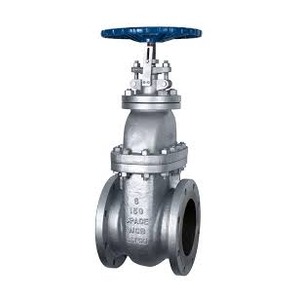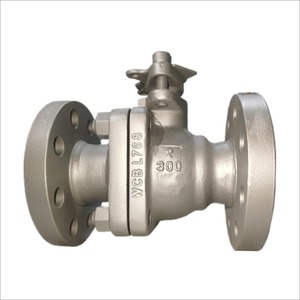CAST STEEL GATE VALVE API STANDARD
- Product Name: Cast Steel Gate Valve (API Standard)
- Valve Type: Gate Valve
- Material:
- Body: Cast Steel ASTM A216 WCB (other materials such as stainless steel, alloy steel, or carbon steel may also be available)
- Bonnet: Cast Steel ASTM A216 WCB
- Wedge: Solid Wedge, Flexible Wedge, or Parallel Slide Wedge (depending on API classification)
- Stem: Stainless Steel, Carbon Steel, or Alloy Steel
- Seat: Metal to Metal or Resilient (depending on API classification)
- Design: API 600 or API 603 Standard
- Pressure Rating: ANSI Class 150/300/600/900/1500/2500 (depending on API classification)
- Temperature Rating: Up to 1000°F (may vary depending on specific model and material)
- Connection Type: Flanged, Butt Weld, or Threaded
- Operation: Manual (Handwheel or Gear Operated) or Actuated (Electric, Pneumatic, Hydraulic)
- Sizes Available:
- 2 inches
- 3 inches
- 4 inches
- 6 inches
- 8 inches
- 10 inches
- 12 inches
- Custom sizes available upon request
Features:
- Design: Constructed in accordance with API 600 (Bolted Bonnet Steel Gate Valves) or API 603 (Corrosion-Resistant, Bolted Bonnet Gate Valves).
- Construction: The body and bonnet are made of cast steel ASTM A216 WCB, ensuring robustness and durability. The wedge may be solid, flexible, or parallel slide, depending on the API classification and application requirements.
- Seat: The valve may feature metal-to-metal or resilient seating, depending on the API classification and service conditions.
- Pressure Rating: Available in various pressure ratings up to ANSI Class 2500, suitable for high-pressure applications in oil and gas, petrochemical, power generation, and other industries.
- Temperature Rating: Suitable for high-temperature applications, with temperature ratings up to 1000°F.
- Connection Types: Available with flanged, butt weld, or threaded ends, providing flexibility for installation and compatibility with different piping systems.
- Operation: Can be operated manually using a handwheel or gear operated mechanism, or actuated using electric, pneumatic, or hydraulic actuators for remote or automated control.
- Application: Suitable for various applications, including isolation, throttling, and flow control in pipelines handling oil, gas, steam, water, and other fluids in demanding environments.


